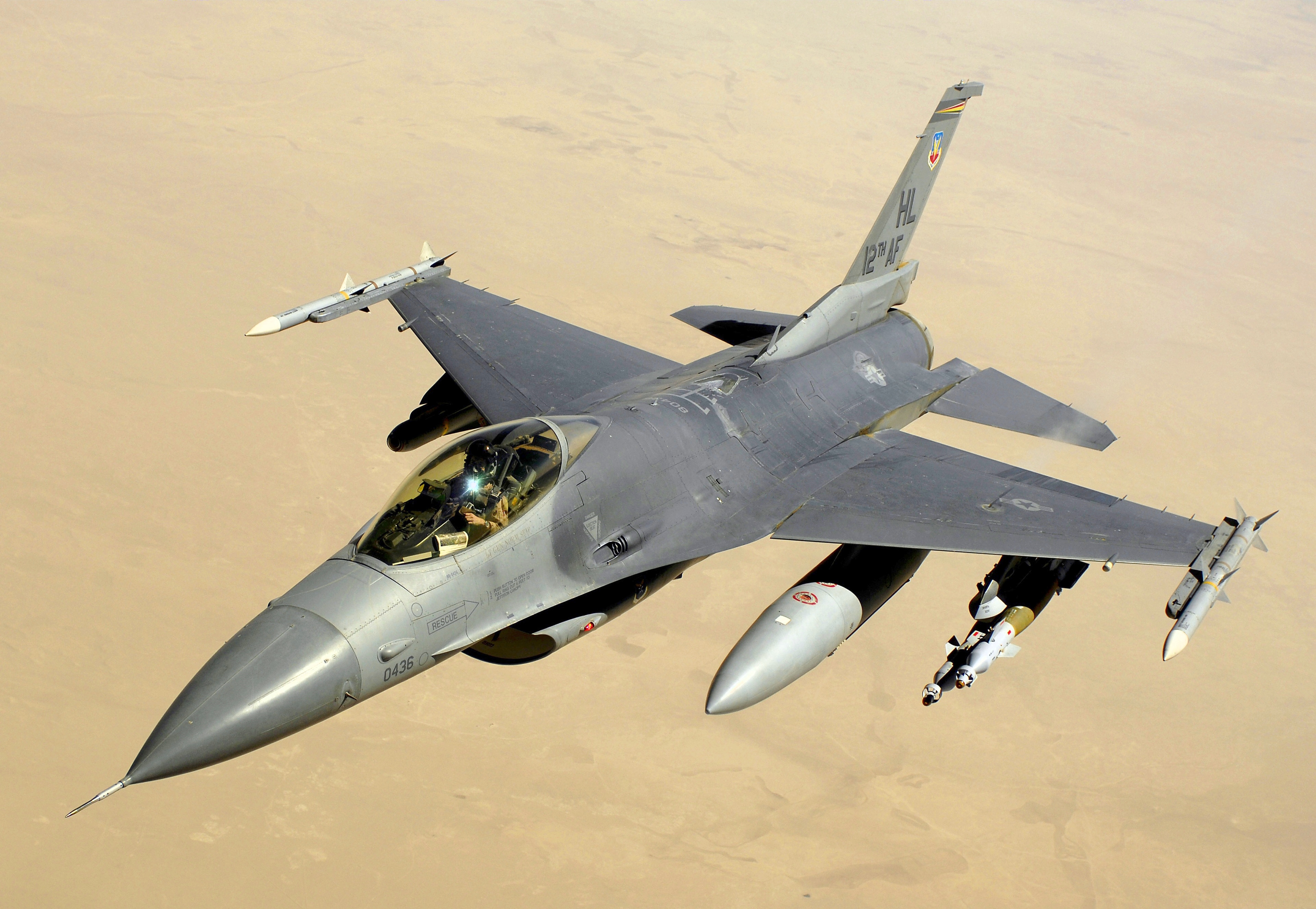F 16 Sufa - The F-16I Sufa is one tough fighter - the Israeli Defense Forces fly the largest force of F-16s outside the US. it. Air Force, with more than 300 airframes in its arsenal. With the name Sufa, or Thunder in Hebrew, the two-seat variant of the F-16 - the F-16I Sufa - is specially designed to meet the needs of the Israeli Air Force. Although these platforms have some disadvantages, the Sufa variant of Israel boasts unique modifications that make it an important part of the military strategy of the Jewish state.
Originally developed by General Dynamics (now Lockheed Martin), the F-16 Fighting Falcon made its first flight in 1976. The fighter jet was designed to correct some of the shortcomings of the aircraft that flew in the Korean and Vietnam wars. The increased thrust-to-weight ratio and smaller frame made the Falcon a superior platform in the air, with improved air-to-air training for fighter pilots. Like the F-15, the Fighting Falcon is also the leading propeller to withstand higher G-forces.
F 16 Sufa

The initial contract between Lockheed Martin and Israel awarded up to 110 new F-16 AIs by 2003. According to former Lockheed Martin Vice President John Bean, "[The SUFA program] demonstrates the strong relationship between Lockheed Martin and Israel; we hope to strengthen This relevance through our continued commitment to the program.
Israeli Air Force
The first fleet arrived in Israel in 2004 and featured various specialized modifications, including modifications to the Falcon's aircraft, instrumentation and weapon support systems. The F-16I has Israeli-designed fuel tanks that extend the jet's range by increasing the fuel it can hold by 50%. The placement of the tanks also allows the wing's internal storage stations, normally used for external tanks, to store weapons. This modification alone doubles the Sufa's air-to-ground weapon capability.
The F-16I's Elbit Dash IV display reduces engagement block time, and the aircraft uses a helmet-mounted system. The Israeli development could link aircraft information such as altitude and speed to the system, allowing weapons to target enemy aircraft using only sight. The Dash IV allows the pilot to locate targets at high angles from the fighter's nose, providing the pilot with 360-degree information wherever he looks.
Arguably the most significant change made to the F-16I Sufa is in the electronic warfare suites and air traffic. About half of the Falcon planes were replaced with Israeli innovations, including aerial decoys. Sufa's electronic warfare suite includes radar warning systems and jamming capabilities, including the Elisra SPS 3000 self-defense system.
The F-16I Sufa has been active in Israeli Air Force missions for almost two decades, and the platform remains an important asset. It continues to perform important tasks. During the 2021 Israel-Hamas attack on Gaza, Sufas were the majority of aircraft responsible for attacks on the terrorist organization's underground tunnel network and other weapons caches. With the help of the F-15I Ra'am and F-35I Adir stealth aircraft, Operation Guardian of the Walls was a success.
Israel's 'thunderstorm': Meet The F 16l Sufa Fighter
Maya Carlin is the Middle East defense editor with . She is also a Senior Fellow at the Center for Security Policy and a former Ana Sobol Levy Fellow at the Herzliya Temple Center in Israel. She has bylines in many publications, including The National Interest, The Jerusalem Post and The Times of Israel.
Maya Carlin is a senior fellow at the Center for Security Policy and a former Ana Sobol Levi Fellow at the IDC Herzliya in Israel. She has bylines in many publications, including The National Interest, The Jerusalem Post and The Times of Israel.
F 161 sufa, f 16, f 16i sufa, 16 35mm f 2.8, academy 1 32 f-16i sufa, f 16 fighting falcon, fly f 16 jersey, f-16 sufa, fly f 16 gloves, fly f 16 pants, f 16 rc jet, f-16
0 Comments